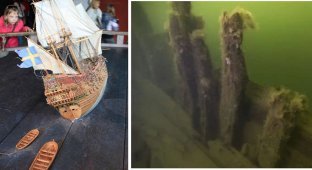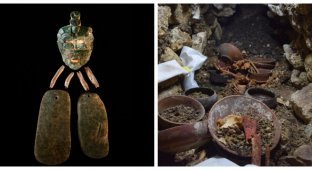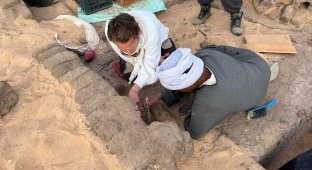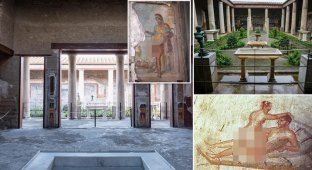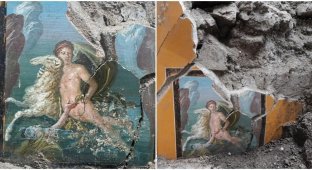Archaeologists have found the mansion of the first Roman emperor (7 photos)
About the fact that in 79 AD. e. As a result of the eruption of Vesuvius, the Roman city of Pompeii was destroyed, as any schoolchild knows. But not everyone knows that north of Pompeii there was a settlement called Somma Vesuviana, and it was also buried under ash and debris. Recently, the remains of a luxurious villa were discovered there, which may have belonged to the first emperor of Rome, Augustus. 
The villa contains huge elaborate columns, ancient pots known as amphorae, which were likely used to store wine, and even a statue of Dionysus, the Greek god of fertility.
According to researchers, the first emperor of Rome, Augustus, lived out his years here. Here he died in 14 AD, 65 years before the catastrophic eruption of Vesuvius. 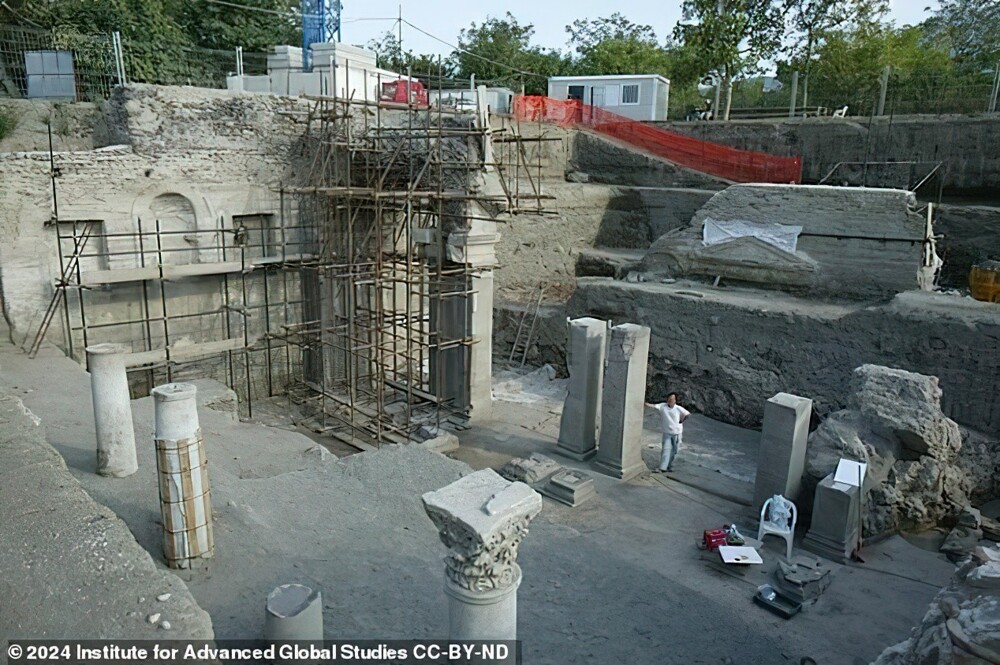
Archaeologist next to the column - for scale
The Somme Vesuviana Villa excavation project is being carried out by a team of archaeologists led by researchers from the University of Tokyo.
According to the modern works of the Roman historians Tacitus, Suetonius and Cassius Dio, Augustus died in 14 AD. at his family's villa near Nola, a city north of the Somma of Vesuviana. Although the exact place of his resting place is not documented, researchers consider this villa a strong contender for the title of imperial. 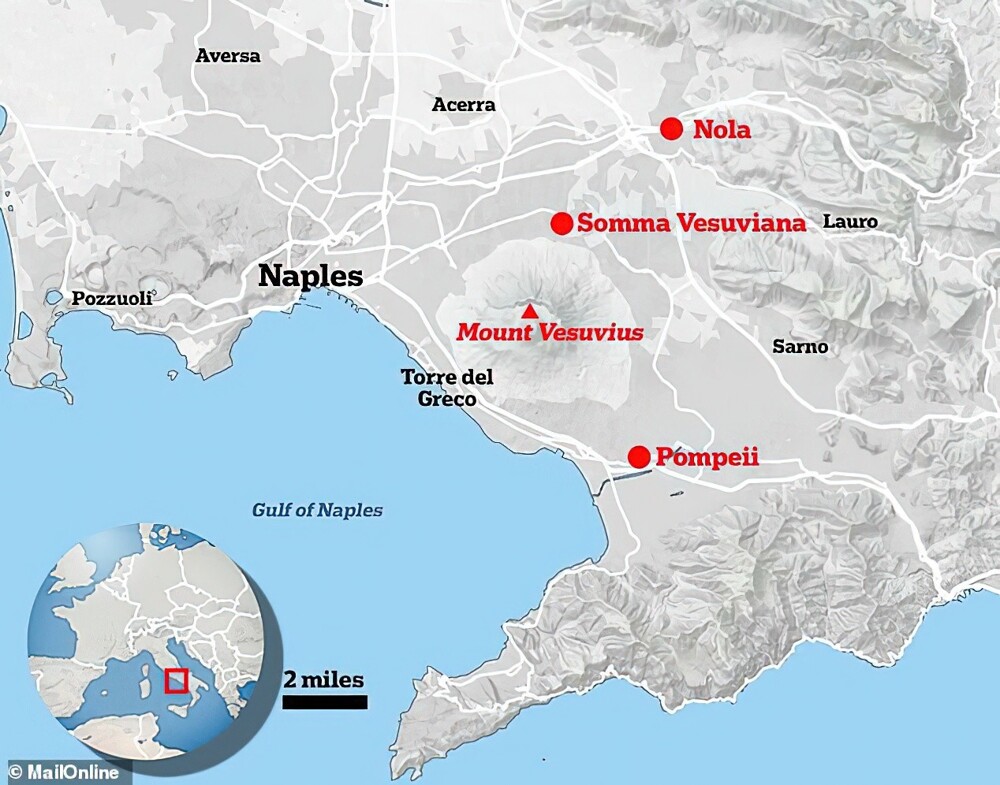
The settlement of Somma Vesuviana is located next to Vesuvius, north of Pompeii
“Our site is probably the only one, or one of the few possible,” says Mariko Muramatsu, an archaeologist at the University of Tokyo.
Typically, excavations of sites buried by Vesuvius' eruptions have focused on Pompeii, which lies south of the volcano. The Somma Vesuviana, located to the north, did not attract such attention.
“Excavations around Vesuvius have been going on since the 18th century,” says Kohei Sugiyama, an archaeologist at the Institute of Advanced Global Studies at the University of Tokyo. “Most of the research on this has focused on regions south of the volcano, since that’s where most of the emissions fell and the damage occurred.” 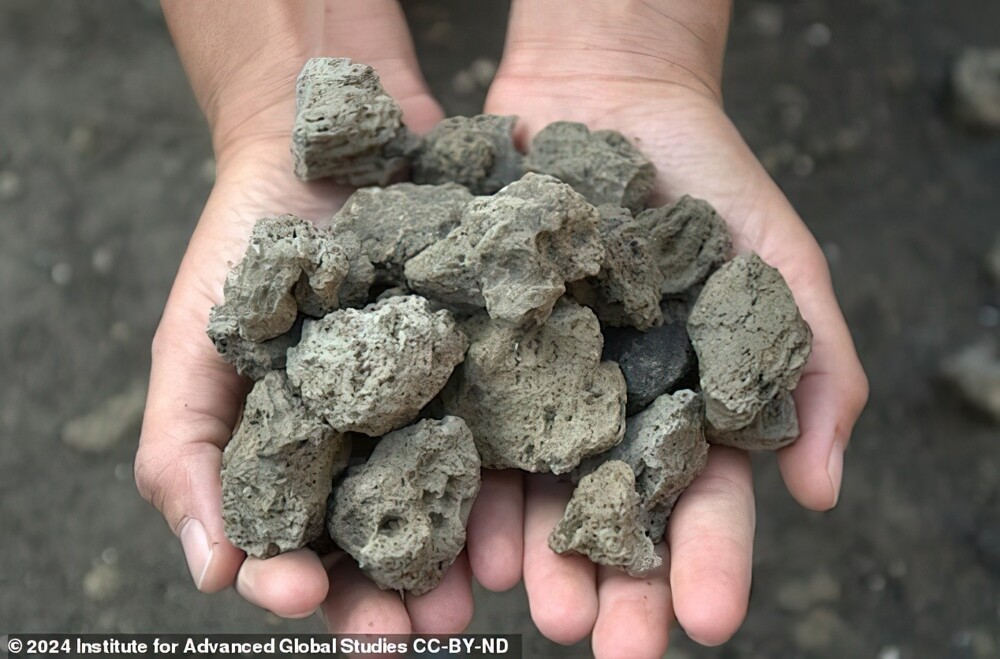
Researchers say the eruption of volcanic material at the villa (pictured) dates back to 79 AD - the year of Vesuvius's most famous eruption 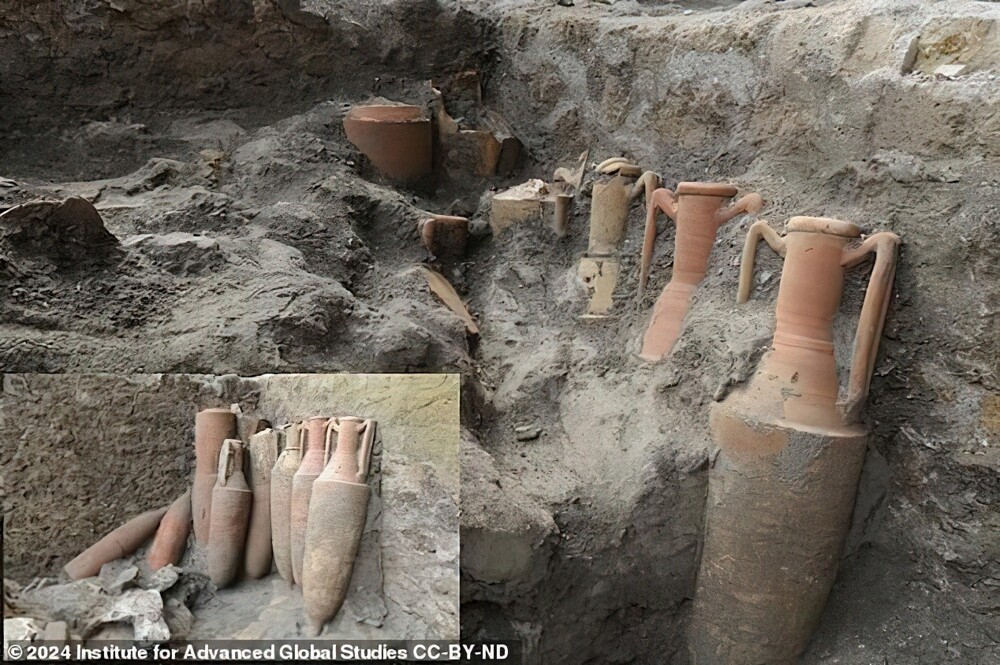
Pots buried under ash and other pyroclastic materials from the AD 79 eruption of Vesuvius provide insight into the extent of volcanic damage caused to the villa 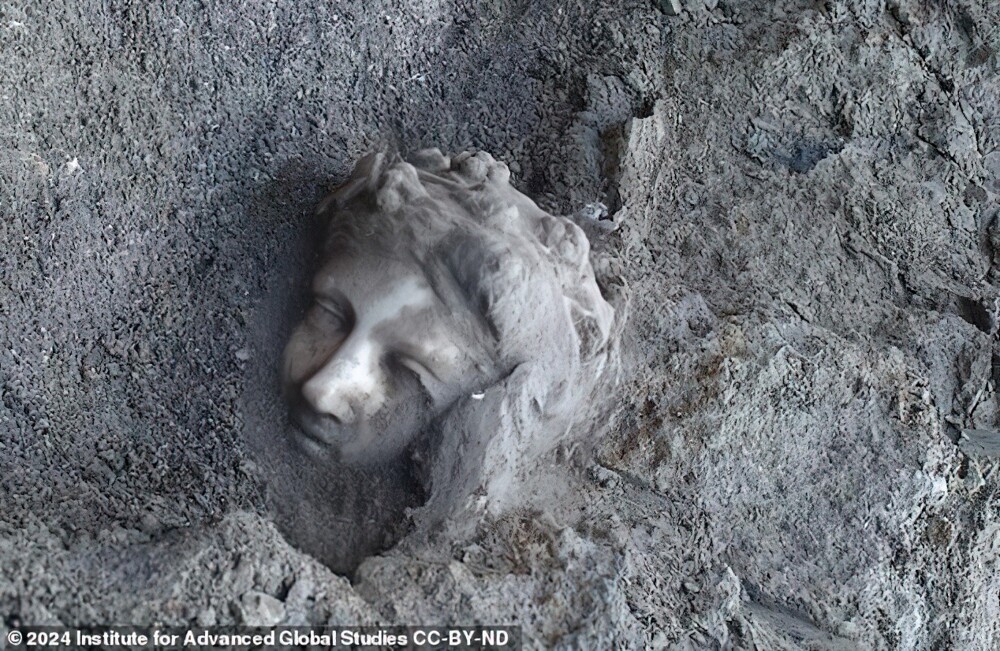
A face from history: a statue of the god Dionysus being carefully cleaned of thousands of years of volcanic deposits
It was previously thought that the Somma Vesuviana area was buried in ash only during the later, lesser-known eruption of Vesuvius in 472 AD, and not during the eruption of 79 AD.
However, Sugiyama and his colleagues now claim that this is not the case, thanks to the results of an analysis of the volcanic rock that buried the villa:
“Using radiocarbon dating, as well as additional analysis from volcanologists, we have determined that these newly discovered sites are buried under volcanic material from the 79 AD eruption.”
The Villa Somma Vesuviana was located under a later but still ancient building, probably built in the 2nd century AD. Researchers believe that after the earlier villa was destroyed in 79 AD, a later villa was built on top of it, but was most likely buried by a fifth-century eruption.
Further excavations may confirm whether the earliest villa is indeed the place where Augustus spent his last moments. According to Dr. Andrew Sillett, a professor of classics at Oxford University, Augustus's biological father, Gaius Octavius, may have died there. 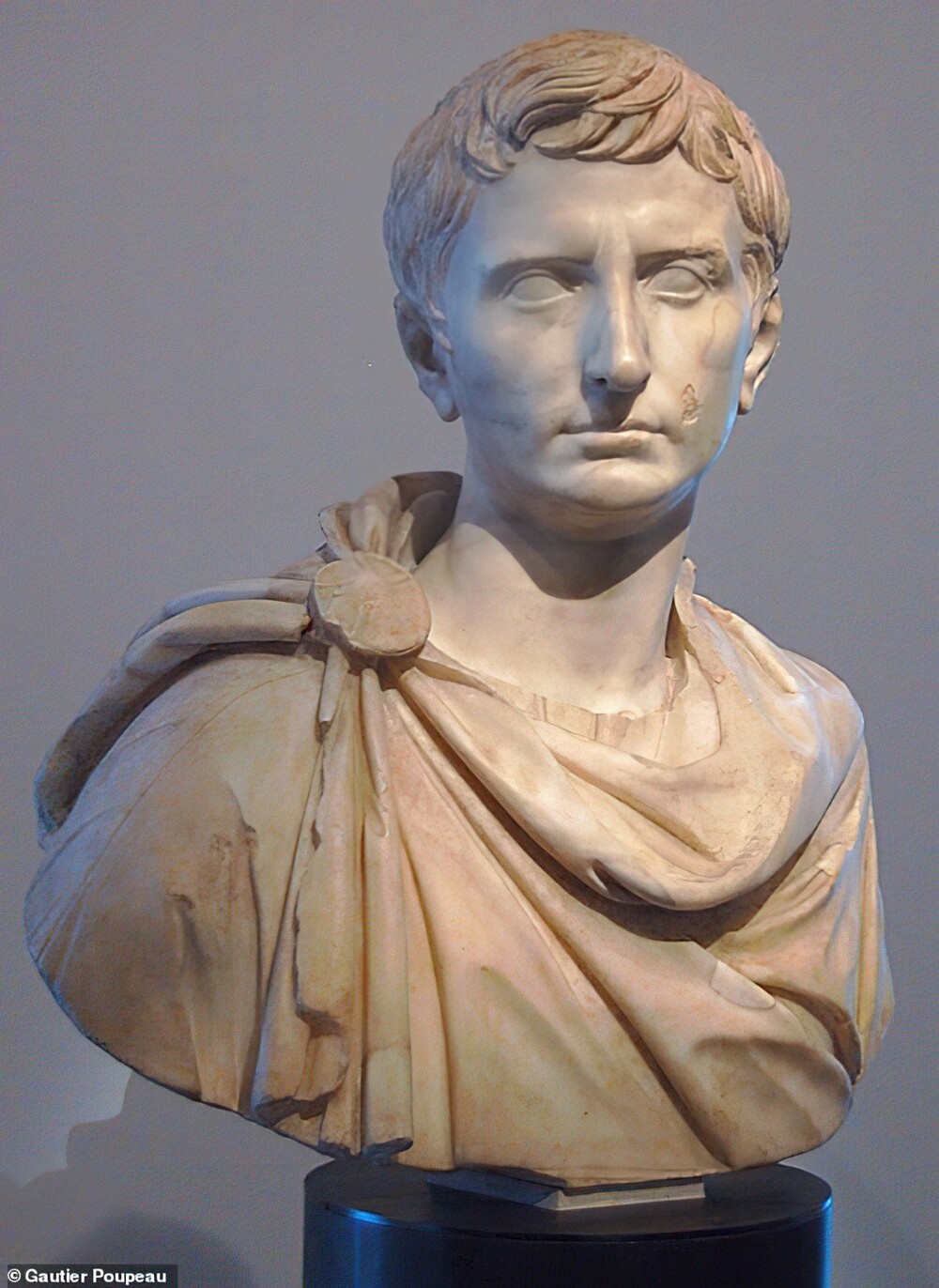
Augustus was the first Roman emperor and led the transformation of the republic into an empire after his great-uncle and adoptive father Julius Caesar was assassinated
“We can cross our fingers that the University of Tokyo's efforts will be rewarded with evidence that has so far eluded archaeologists - the suggestion that this was the very villa where Emperor Augustus (and his father before him) took his last breath." says Dr. Sillett.
Further excavations of this villa will allow historians to obtain even more invaluable information about life in the Bay of Naples in the early years of the Roman Empire.














